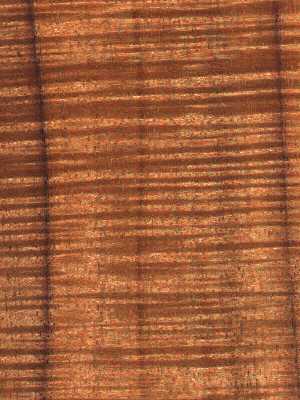

This can be handy for the example texture used as it does not come in a square aspect ratio. We can now use the scale values to adjust the scale of our texture. With an image texture added we can press open on the new node and then use the file dialog to browse to one of our textures. Go the Shading Workspace and then press Shift + A or go to Add -> Search and type in Image Texture. To setup the wood shader we will need to import our textures into Blender and connect them to the inputs of the Principled BSDF shader.įirst we will import our textures, to do this select the object that we are going to add the material to and add a material if you have not already. When you plan to render your scene you can swap them out with the higher resolutions textures where needed. You can also download the lower resolutions first and use them while working. Unless you need the higher resolution I recommend sticking to 1K-2K. It's important to note that texture resolutions 4K and upwards can get very memory intensive and take longer to load. The resolution you should choose will depend on your needs. Related content: Top 10 material libraries for Blender artists

You can find additional material libraries in this article. Unzip the file using your favorite unzipping software and place the content in your project folder or in a local library. There are a few sources we can get textures from but for this guide we will be using AmbientCG. We can also go to the add menu at the top of the 3D viewport and find Mesh -> Plane. This can be done by pressing Shift + A and go to Mesh -> Plane. To easily visualize our material we will need an object to put the material on and lighting to get a better idea of how our material will look.įirst we will create a plane that we can put our material on to visualize. We will also go over a few ways of setting it up. In this guide we'll go over the process of setting up the material as well as a scene to view it. Related content: How do you make procedural wood texture in Blender If you are interested in creating a procedural wooden texture you can also take a look at this article.

Set the Normal Color space to Non - Color.Connect Color > Base Color Principled BSDF, Roughness > Roughness Principled BSDF, Normal > Color Normal Map > Normal Principled BSDF.Set the image texture nodes to their respective texture.In Blender go to the Shading Workspace and add a image texture node for the Color, Roughness and Normal.In short, these are the steps we can take to create a wooden floor material.


 0 kommentar(er)
0 kommentar(er)
